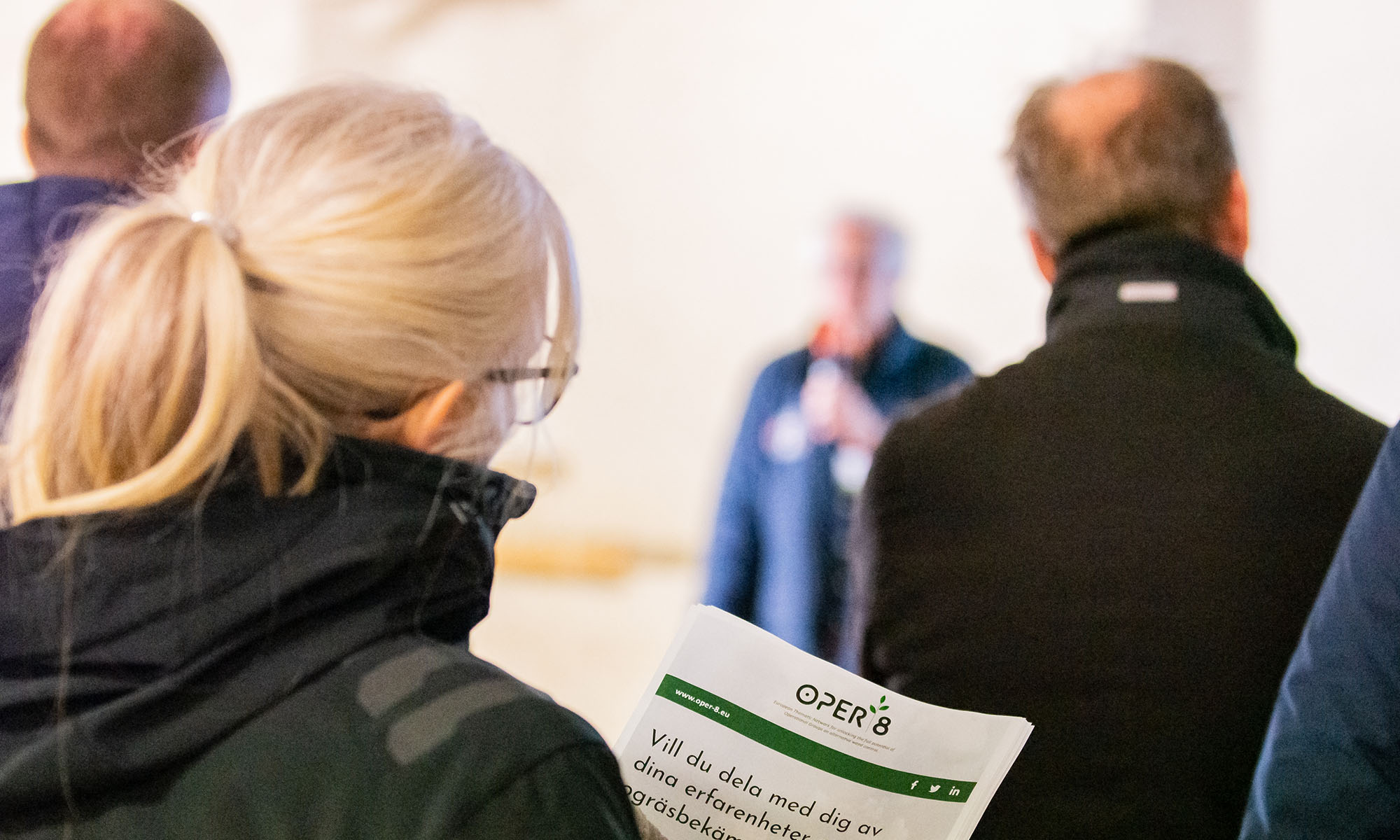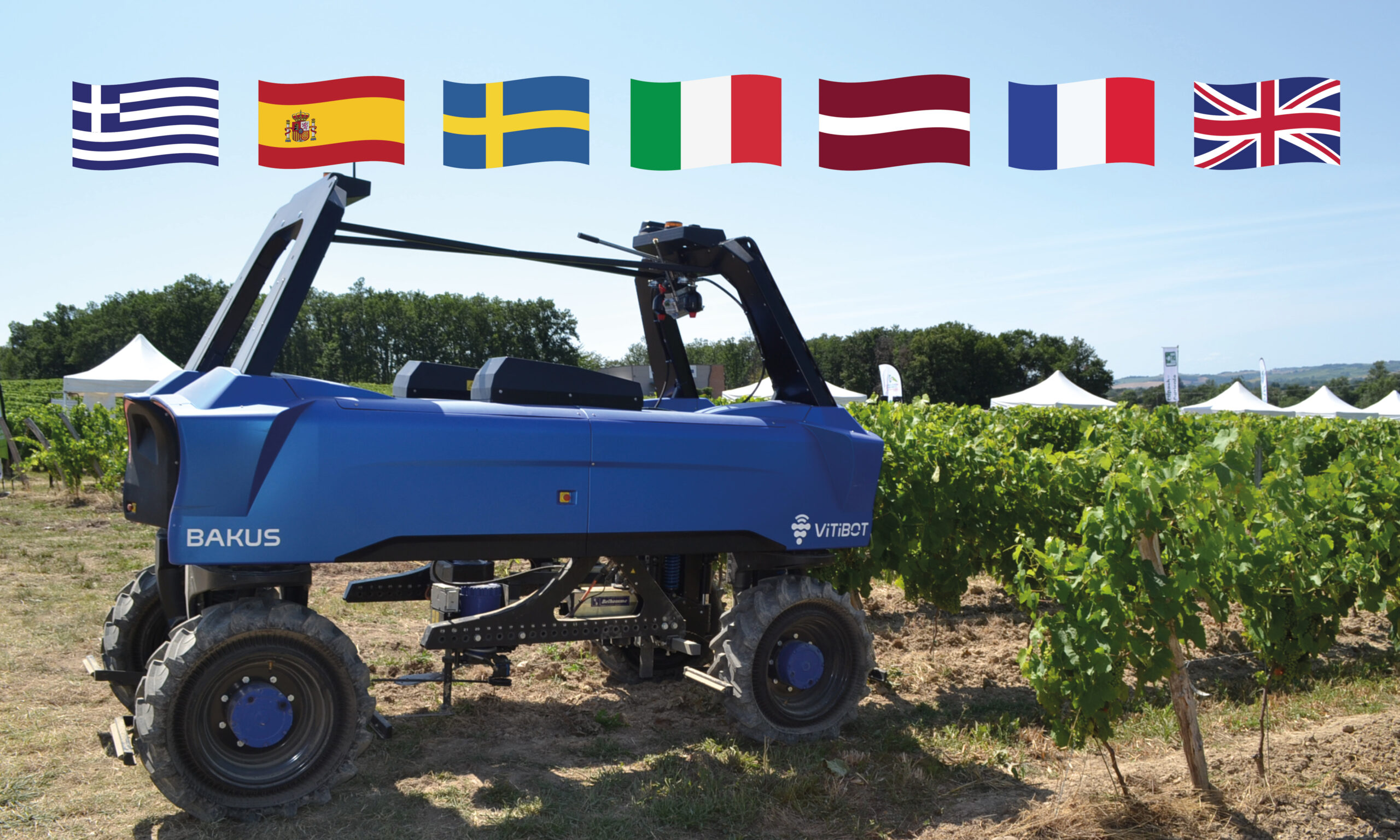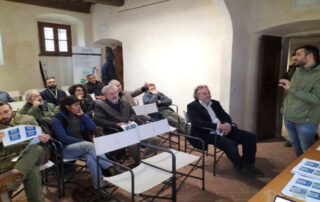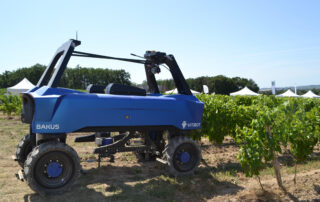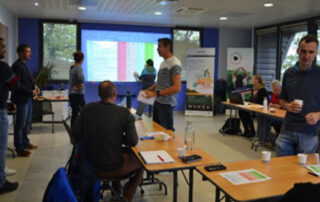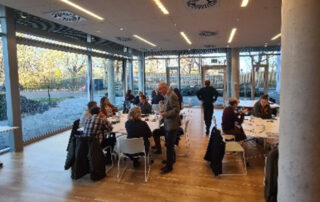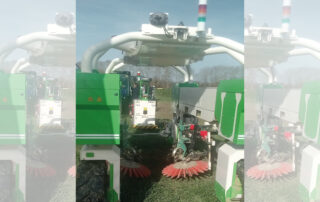An assessment phase with several workshops.
Based on 18 indicators among technical feasibility, socio-economic, and environmental criteria, the assessment of alternative weed control solutions phase gathered expertise and feedback from stakeholders at both National and European scales. The list of indicators is available in the Table below. At European scale, 31 participants from the Oper8 experts’ panel and Oper8 active members worked together during a workshop in Pisa in October 2023.
At National scale, 164 stakeholders from 7 countries worked during half-day to full day workshops to assess weed control solutions in their country, based on their experience, trial results, or perception. Some solutions were well known while others where more innovative and more complicated to assess, due to a lack of information currently available.
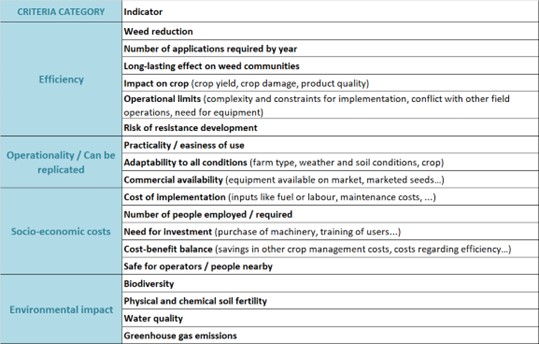
Figure 1 List of indicators used for the assessment process.
Selected solutions for efficient and diversified weed management systems.
Each country selected between 10 and 15 relevant and diversified solutions to offer several strategies for the weed management among various crop categories, which are presented in the table below (not all crops were processed in each country). These solutions represent realistic alternatives to herbicide use. Additionally, a cost-benefit analysis will be run on some of these solutions in spring, to dig deeper in the understanding of all related costs (financial, social, and environmental).
France

Vineyards, for the intra-row area:
- Dead exogenous mulch made of wood chips, straw, green waste
- Dead exogenous mulch made of felt and other bio-based sheeting
- Dead endogenous mulch made of cut inter-row green manure
- Cover crops with sowed species
- Mechanical weeding
- Robots for mechanical weeding
- Electrical weeding
- Bioherbicides
- Mixed solutions involving herbicide use
Vineyards, inter-row area:
- Green manure for fall/winter weed control
- Mechanical weeding
United Kingdom
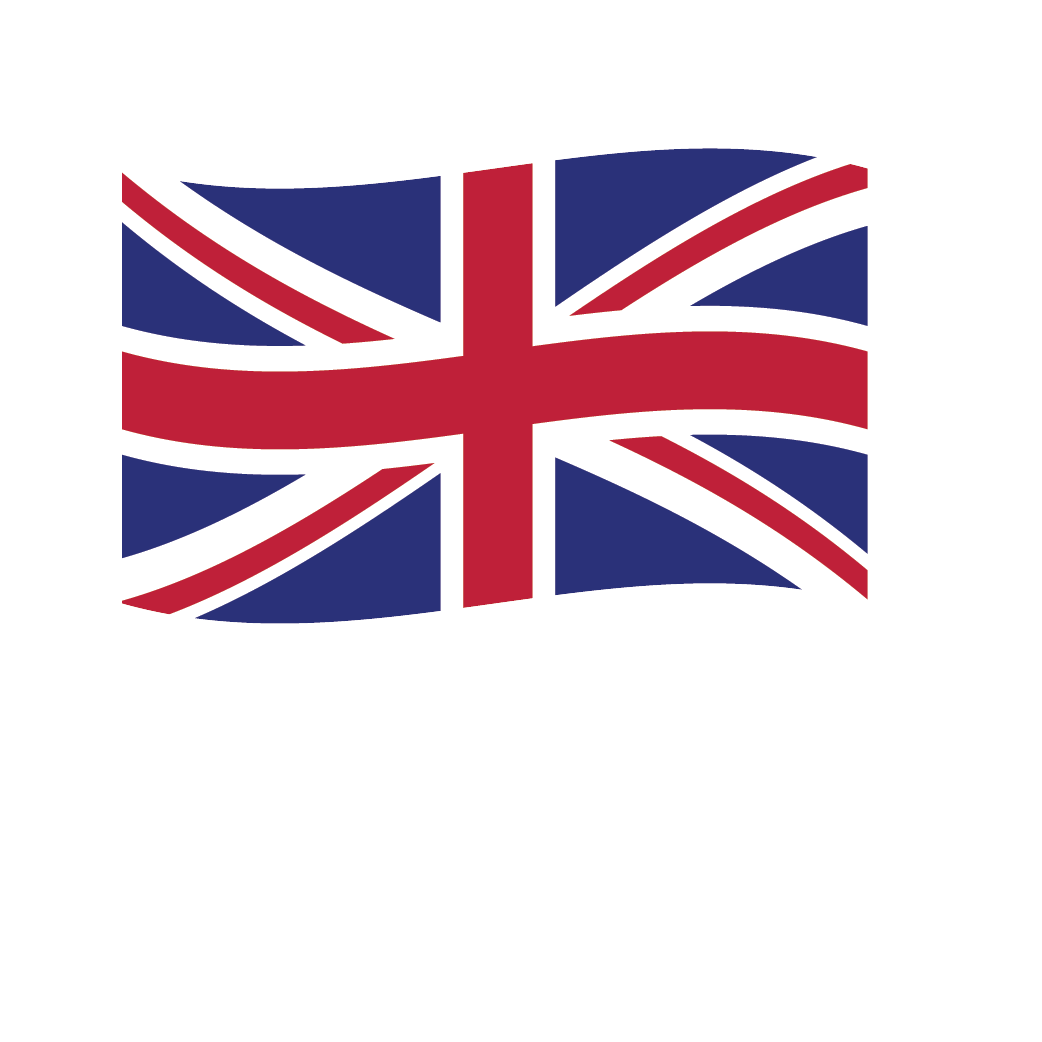
Arable crops:
- Cultural controls
- Living mulches
- Grazing in rotation
- Competitive cultivars
- Mechanical weeding
- Robotics
Horticultural and wide row crops:
- Cultural control
- Living mulch
- Mechanical weeding for wide and densely spaced crops
- Flame weeding
- Targeted spraying
Latvia

Arable and field vegetables crops:
- Crop rotation to include crops that compete strongly with weeds (grass, clover)
- Cover crops sown in between rows (living mulch such as ryegrass, creeping clover)
- Catch crops, which are grown from the time of harvesting one crop to the sowing of the next crop (attracts nitrogen, covers the soil, prevents weeds from multiplying)
- Ploughing
- Weed provoking and mechanical limitation before sowing the crop
- Weed induction and control with PPP after crop sowing
- Mechanical weeding (harrowing) – harrowing without precise systems, taking into account crop type and soil type
- Precision spraying with weed mapping
- Interrow cultivation (weeding) – GPS controlled
- Competitive cultivars/enhanced plant breeding
- Mowing, above the height of the plant, the weeds at the time of their seed preparation
- Band sowing + Band hoeing
Italy

Arable crops:
- Crop rotation
- Green manures
- Conservation tillage
- False seedbed
- Ploughing
- Mechanical weeding coupled with Precision Agriculture sensors
Vineyards:
- Green manures
- Under-row self-reseeding cover crops
- Whole surface dead mulch
- Whole surface permanent living mulch
- Mechanical weeding
Sweden
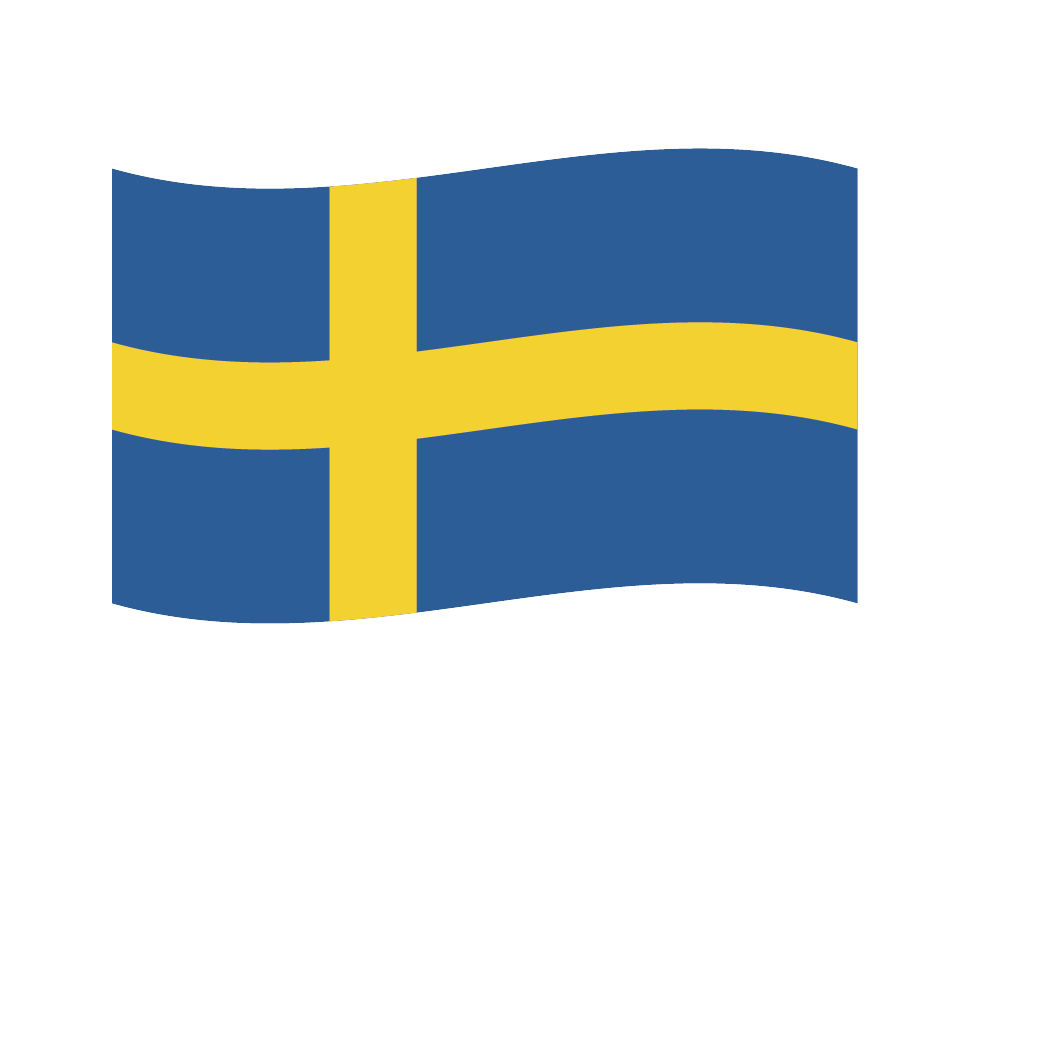
Arable crops:
- Cultural control
- Camera or GPS guided mechanical weeding
- Improved spraying technologies
- Technology for only spraying between rows
- Site specific spraying using application file
- Site specific spraying using traditional spraying technology using for instance cameras on the spray boom
Horticultural crops:
- Cultural controls
- Site specific spraying using traditional spraying technology using for instance cameras on the spray boom
- Living or dead mulches
- Laser technology
- Site specific spraying using drones for spraying
- Robotics
Spain
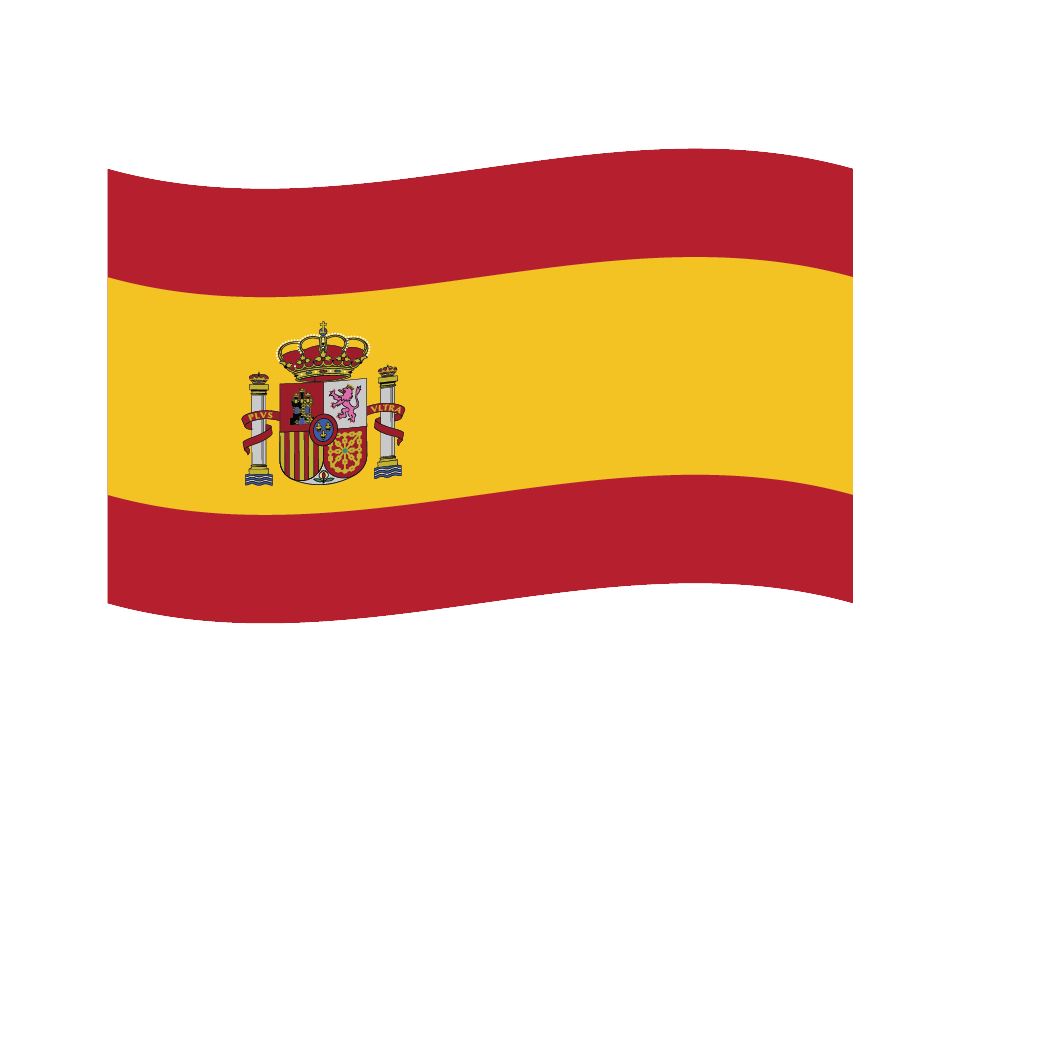
Arable crops:
- Variety selection
- Bioherbicides (essential oils)
- Cultural control – cover crops
- Mechanical weeding
Horticultural crops:
- Agroforestry methods
- Cultural control – cover crops
- Mulching with wood chips and herbs
- Bioherbicides (essential oils)
Vineyards:
- Targeted herbicides
- Agroforestry methods
- Mulching with wood chips and herbs
- ultural control – cover crops
Greece
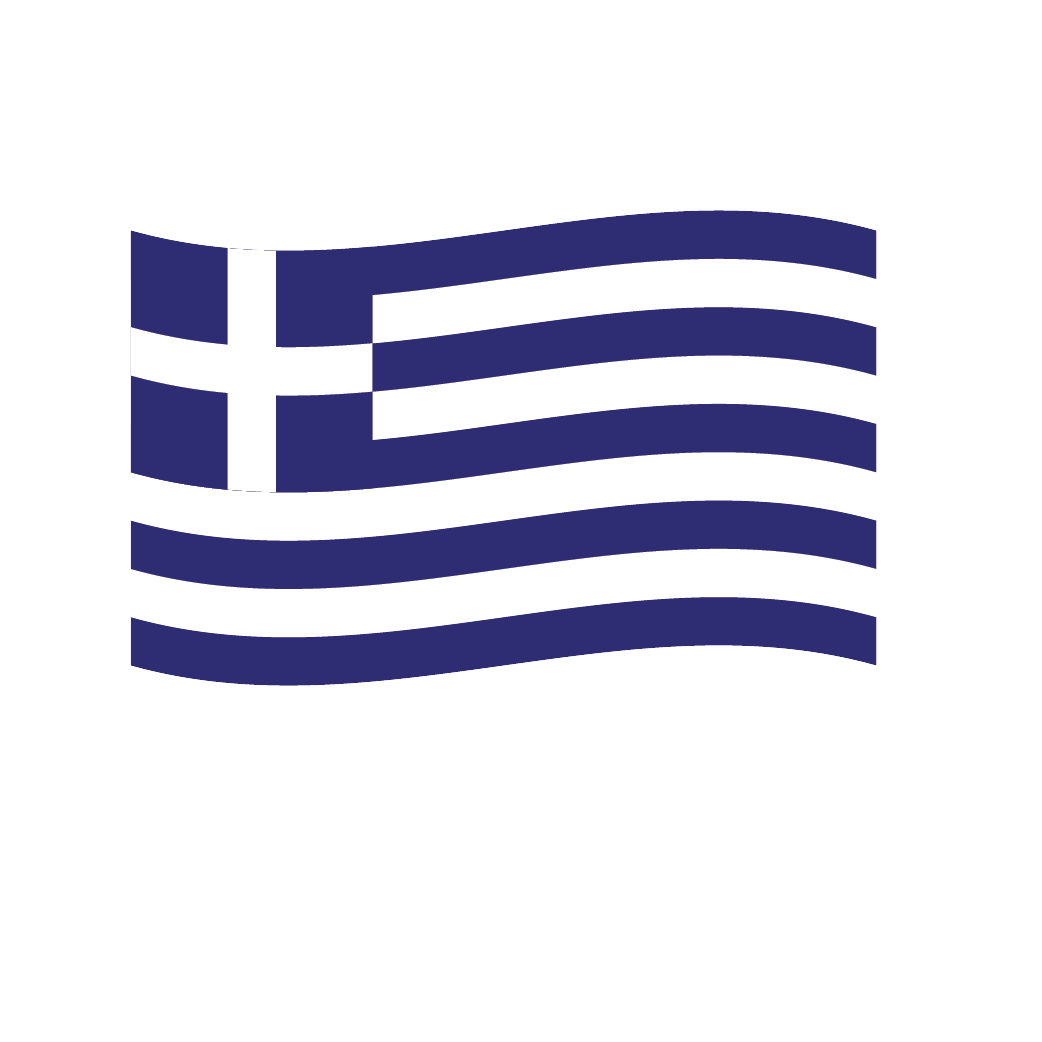
Cereals:
- Crop rotation
- Variety selection
- False seedbed
- Mixed systems
Outdoor horticultural crops:
- Crop rotation
- Variety selection
- Cover crops
- False seedbed
- Mechanical weeding
Vineyards:
- Cover crops
- Mixed systems
- Hot foam
List of selected solutions for each country, for which technical and audio-visual material will be produced, demo-event organized, available technical information will be included in the Digital Inventory and in other Oper8 outputs. Bold is for the solutions that will undergo a Cost-Benefit Analysis.
Based on the ratings given during the assessment work, innovative solutions such as robotics, flame weeding, bioherbicides, were less well rated than more well-known and currently used solutions. This could be because of a lack of knowledge and available trial results, as well as poor peer feedback.
Nevertheless, many of these innovative solutions have been selected for the Cost-Benefit Analysis and are considered relevant for diversifying the alternative weed control solution range. About widespread solutions, several have been selected even if drawbacks were identified. Indeed, being efficient for weed reduction, improvements are still going on both for R&D work and end-user.
What is next? Outputs and results available soon!
Audio-visual and technical materials will be produced about these solutions, and ongoing demo-events are organised every year in all 7 Oper8 countries to show these solutions on field. The detailed outputs of the assessment process will be available in the Oper8 Digital Inventory, including advantages and drawbacks of each assessed solution.
In the next months, each country members will interview several alternative weed control users to collect data for the Cost-Benefit Analysis. A second phase of workshops will then take place during the summer 2024 to share and complete the technical information that will be made available for all users.
